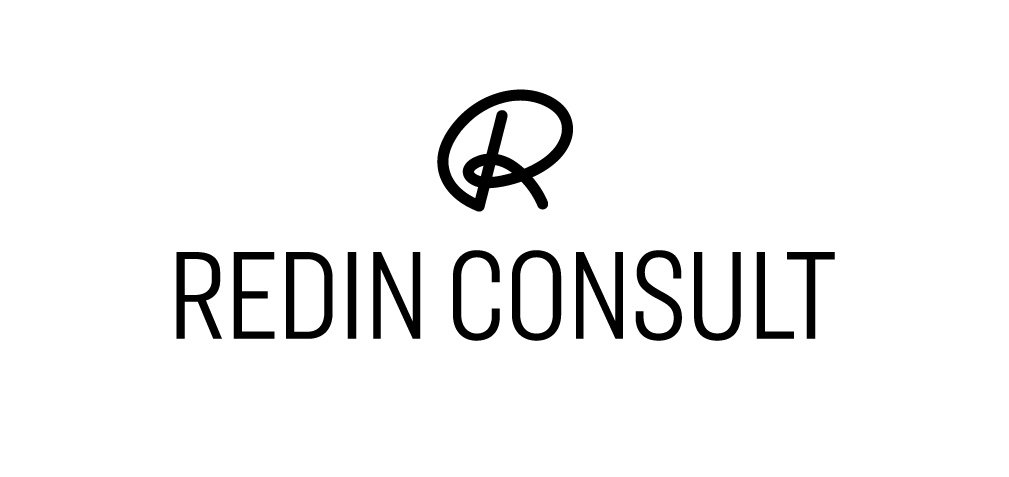Marketing automation… No digital project is kicked off without a mention of it. The same goes for ‘personalised customer experience’ and ‘retargeting’. Almost as often, we talk about big data and how it is supposed to change everything - once we have geared our organisations to use it, that is. They are all set to help us drive business and generate revenue like never before..!
The great crew at J. Boye asked me to speak first at their Personalisation and Relevance track at their AArhus 15 conference in November. That brought me to think a lot about the topic and and I started paying attention to the personalised, automated and retargeted experiences I am offered across the web.
Consensus seems to be that a personalised user experience is one of the cornerstones of turning our digital efforts into real revenue and we spend a lot of time talking about how to become relevant to our target groups so that they will engage with us.
We need to look carefully at the data and insights we have (big or small) and learn from it in order to be as relevant as we can - at the very least avoid being irrelevant.
Stop collecting - all the data
Customer insights and analysis of online behaviour is at the very heart of this. Yet every digital project team I know still starts every project debating how much effort to spend on user and customer insights. And end up doing less than they should, despite the fact that they know better.
Basically you should start by treating your customers like you want to be treated yourself.
Think about your own experiences and then put yourself in the place of your customers and try to imagine what they experience when they meet you online.
Anecdote: What Spotify knew about me but didn’t acknowledge
I didn’t connect my Spotify account with my Facebook profile and I am using the free version.
But I am not particularly diligent with protecting my digital footprint from being followed as I cruise the web. I guess I am a lot like many other online users.
This means that I am frequently exposed to advertising via Spotify and of course in most other places on the web. Let me start with my personalised experience from Spotify:
For a long period of time I listened to Robin Thicke and Pharrell Williams on my way back and forth to work. I also listen to Swedish progressive rock from the 70’ies, the soundtracks from different musicals, Meghan Trainor, the soundtrack from the movie “Frozen” (yes I have a young daughter) and some jazz.
After a while Spotify started exposing me to advertisements, presumably based on my musical tastes and general profile.
So I was frequently presented with the opportunity to educate myself for work in the maritime industry. They have really great educational programmes for people who wish to work on large container ships, oil rigs and such. I bet they are not really looking to recruit 41 year old females who secured their masters degrees long ago...
Then later on during my bout of listening to different versions of Les Misérables I was targeted with advertisements from a company asking me whether I was pleased with my retirement…
I don’t think they wanted to target someone like me either. Again, if they had looked beyond the music I was listening to at that particular time they probably wouldn’t have handed me that ad either.
Don’t be irrelevant
Maybe we don’t have to know more about our customers, but just become better at interacting with them. To be relevant the first and most important step is to avoid being absolutely and obviously irrelevant.
This is actually because those opposing proper user studies by claiming that “users don’t know what they want/need” are right. Users don’t know ahead about everything they will end up purchasing. They will be tempted by special offers and sales, by new shiny products and interesting topics they hadn’t thought about initially, if they are relevant to them.
The most important thing the advertisers on Spotify failed to do was guessing my approximate age. I am not retired, and I am not in my early twenties. I think a more sophisticated algorithm would have divined as much had it analysed more than my immediate behaviour. And I gave Spotify access to know everything about what I like to listen to when I created my profile and used my login the first time.
Retarget and engage
The other thing we are doing is retargeting. It is based on the notion that we can be enticed to buy something that we have looked at in an online store if we are exposed to it again.
This is often true, but sometimes also complete utopia. When a customer engages with us, we need to let the engagement tell us something about what he or she is trying to achieve, a knowledge that ought to equip us for better and more relevant engagement with our brand afterwards.
All digital users are exposed to retargeting and increasingly I think we accept this. So what if your approach to retargeting was more like a dialogue and less like repeat messages of things we already talked about?
I will share one more experience with you:
Anecdote: How fast can a customer lose a dress size & how many hotel rooms does one person need for one night?
I was shopping for a hotel in London in October and then booked one… Of course I had been through Airbnb, hotels.com, and several others before I booked. The result is predictable. Here, several weeks later my Facebook stream is still cluttered with offers on hotels in London.
I don’t mind that someone out there knows I am going to London and uses that information to sell me something. But when they place the add on social media and pretend that they know me, why don’t they let me interact with the advertisement. Given the opportunity I would probably tell them that I already booked and they could spend their marketing money on someone else.
Similarly I went online shopping for a new halterneck swimsuit. I sieved through the sales on a few websites, among those one of the biggest department stores in Denmark. They actually had a great halterneck on sale and I probably would have placed an order had it not been for the fact that the coveted garment didn’t come in my size…Of course the too small swimsuit is now grinning at me from an ad every time I open up a website with content financed by commercial content.
Wouldn’t it be great if the online retailer had better analysis behind their algorithm so they would avoid pushing too small swimwear at me? If on the other hand you let me know that the swimsuit is now available in more sizes that might convert me.
Relevance is engaging
As a user and potential customer I have accepted that you stalk me. It is the price I pay for free music, access to tv shows on Youtube and updates about the people I care about. I even come from a generation who is into AI and have loads of friendly robots in our memory. I don’t particularly mind being targeted and segmented.
But as opposed to the offers a store can get away with exposing to me when I enter voluntarily, the offers I get thrown at me based on my online behaviour have to be relevant in order for them not to annoy me and give me a poor impression of the retailer behind it.
For instance, I know why you are pushing swimwear we have already established isn’t available in my size but I wish you were smarter. I wish you would save your information about me and use it to give me some offers that are relevant to me. Clothing in my size, other swimsuits or just general beach apparel. And the retailer would if they had invested a bit more in understanding their customers and analyse the results of their campaigns.
So ask yourself how we can improve by putting yourself into the place of your target groups:
Imagine if:
- The search for a flight invited me to receive favourable offers on the same destination and also encouraged me to let the booking engine know when I had settled on a hotel booking.
- The retailer remembered my sizes so they would only show me deals that I could actually benefit from?
- The music provider placed advertisements based on the compiled list of songs I had listened to, not just the one artist I am currently into.
You can be relevant without knowing your customer
Relevance isn’t about knowing exactly what people want, for the simple reason that they don’t know. They think they know but a good deal, a beautiful garment or a great gadget can sway most of us.
In many cases a retailer only needs to know one or two things about a customer to be able to avoid being irrelevant. It can be age, gender, travel plans, dress sizes, postcode or something else.
But it doesn’t take many crazy suggestions for a customer to lose faith in your ability. Then they will be annoyed at you for cluttering their digital experience across their favourite digital touchpoints.

